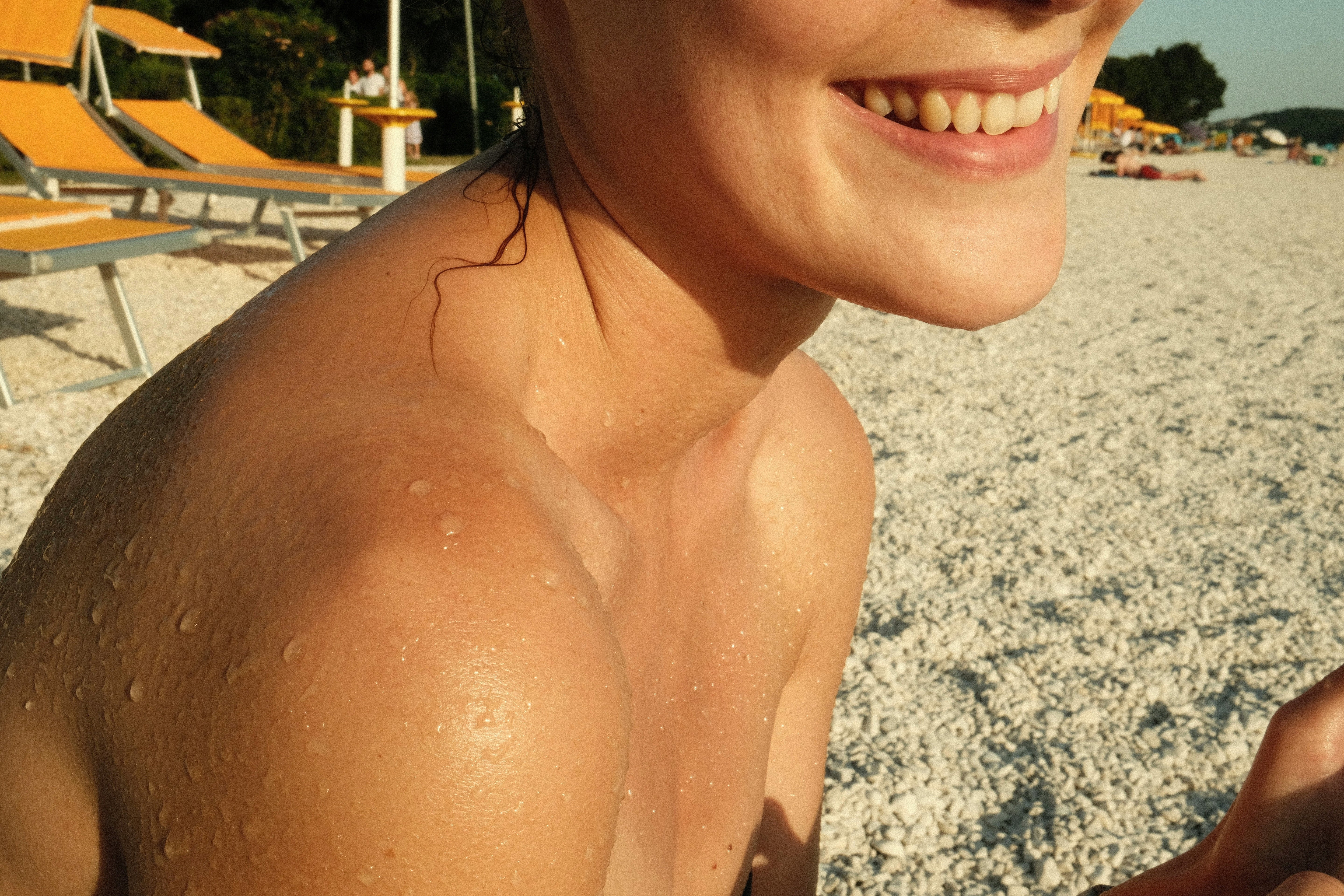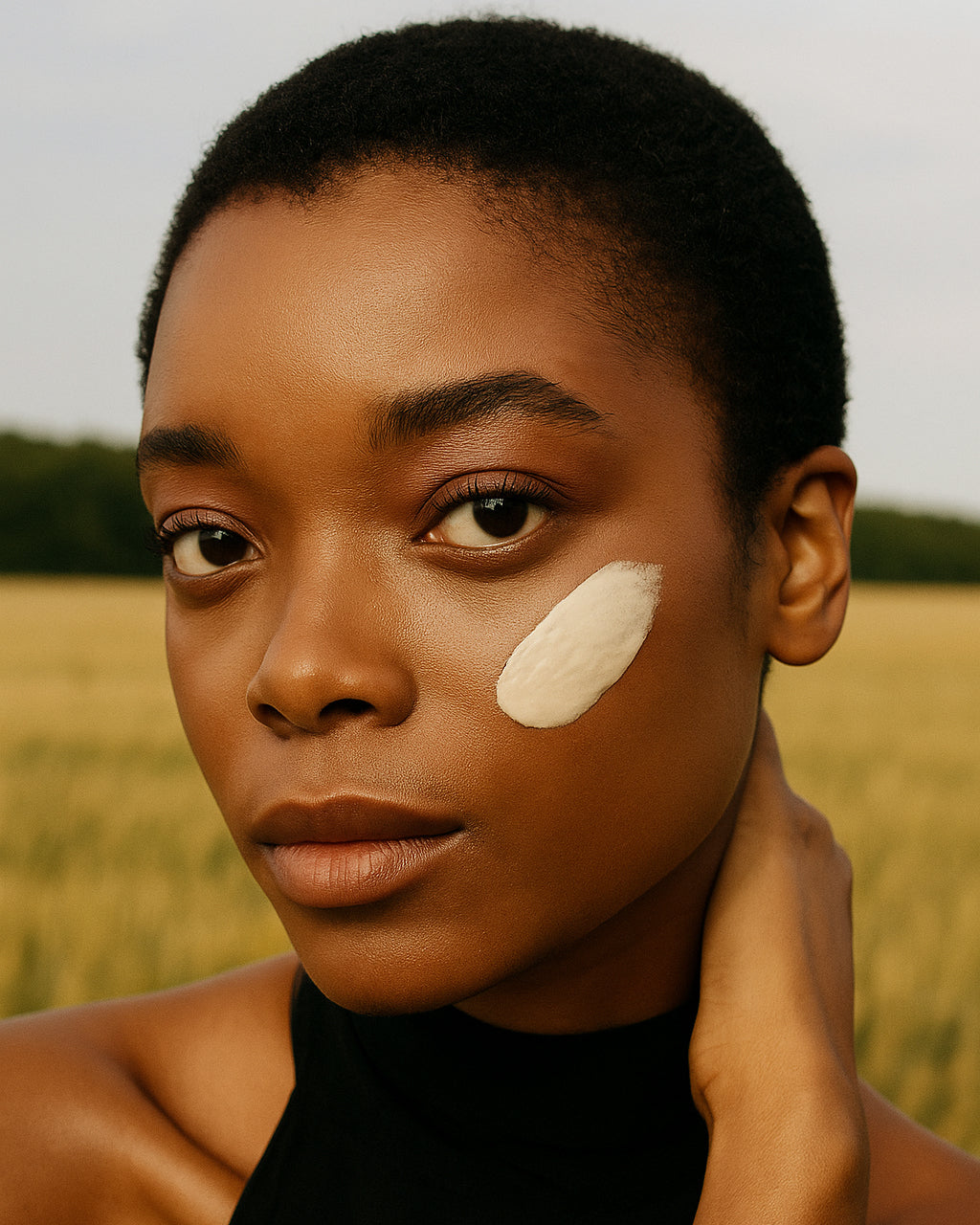
Is Sunscreen Toxic? Let’s Talk About What’s Actually Safe
You’ve probably heard the rumor: “Sunscreen is toxic.” It’s a claim that’s exploded on social media, creating confusion and, in some cases, discouraging people from using SPF altogether.
But here’s the truth: sunscreen is essential- and not all formulas are created equal. The concern isn’t with sunscreen itself, but with certain chemical filters and inactive ingredients found in many conventional formulas.
Let’s break down what the science actually says, what to avoid, and why zinc oxide is the safest and most effective SPF active available today.
First: Why We Even Use Sunscreen
Sunscreen protects your skin from UVA and UVB rays, both of which contribute to skin cancer, premature aging, and sun damage. Daily SPF is one of the most important steps in any skincare routine, whether it’s sunny or not.
But the “toxic sunscreen” conversation isn’t totally baseless. It’s just often misdirected.
The Real Concern: Chemical Sunscreen Filters
Chemical SPF filters like oxybenzone, avobenzone, octinoxate, homosalate, and octocrylene have raised safety questions for several reasons:
-
Absorption into the bloodstream: FDA studies have shown that some chemical filters are absorbed into the body at levels higher than what they consider safe for daily use without further testing.
-
Hormonal disruption: Oxybenzone, in particular, has been linked to potential endocrine-disrupting effects in both animal studies and limited human data.
-
Environmental damage: Some chemical filters contribute to coral bleaching and have been banned in places like Hawaii and Key West for their impact on marine ecosystems.
That doesn’t mean all chemical sunscreens are dangerous- but it does mean more research is needed, and in the meantime, many dermatologists recommend playing it safe.
What Makes Zinc Oxide Different
Zinc oxide is a mineral (physical) sunscreen filter that sits on top of your skin and physically reflects UV rays. It’s considered safe, effective, and non-toxic by the FDA, dermatologists, and clean beauty certifiers like EWG.
Why we (and many experts) prefer zinc oxide:
-
Non-irritating and non-sensitizing, even for sensitive skin
-
Broad-spectrum protection from both UVA and UVB rays
-
Reef-safe and environmentally friendly
-
Doesn’t break down in sunlight (photostable)
-
Not absorbed into the bloodstream
In short, zinc oxide does the job without compromising your health or the planet.
Other Ingredients to Watch Out For
Even beyond the active SPF ingredients, many conventional sunscreens contain inactive ingredients that can irritate skin or raise safety flags, such as:
-
Synthetic fragrance
-
Harsh preservatives (like parabens or phenoxyethanol)
-
Drying alcohols
-
Silicones or occlusive agents that clog pores
That’s why it's not just about what protects you from the sun- but also what’s in the rest of the formula.
So… Is Sunscreen Toxic?
No. Sunscreen itself isn’t toxic. But some sunscreen ingredients raise legitimate concerns. The key is knowing what to avoid- and choosing a formula that’s been carefully designed to be safe and effective.
At Alder New York, we recommend sticking with non-nano zinc oxide-based SPF for the best balance of protection, safety, and skin compatibility.
What to Look for in a Safe SPF
-
Active ingredient: Zinc oxide (or zinc oxide + titanium dioxide)
-
Fragrance-free and essential oil-free (especially for sensitive skin)
-
Third-party tested and EWG Verified if possible
-
Non-nano particles (to reduce inhalation or absorption risk)
The Bottom Line: Protect Your Skin—and Know What’s in Your SPF
Sunscreen shouldn’t be scary. It should be safe, effective, and part of your everyday routine. The myth that “all sunscreen is toxic” does more harm than good- but understanding which ingredients to avoid empowers you to choose better.
Look for zinc oxide, read your labels, and don’t skip SPF. Your skin, and your future self, will thank you.




Leave a comment
This site is protected by hCaptcha and the hCaptcha Privacy Policy and Terms of Service apply.